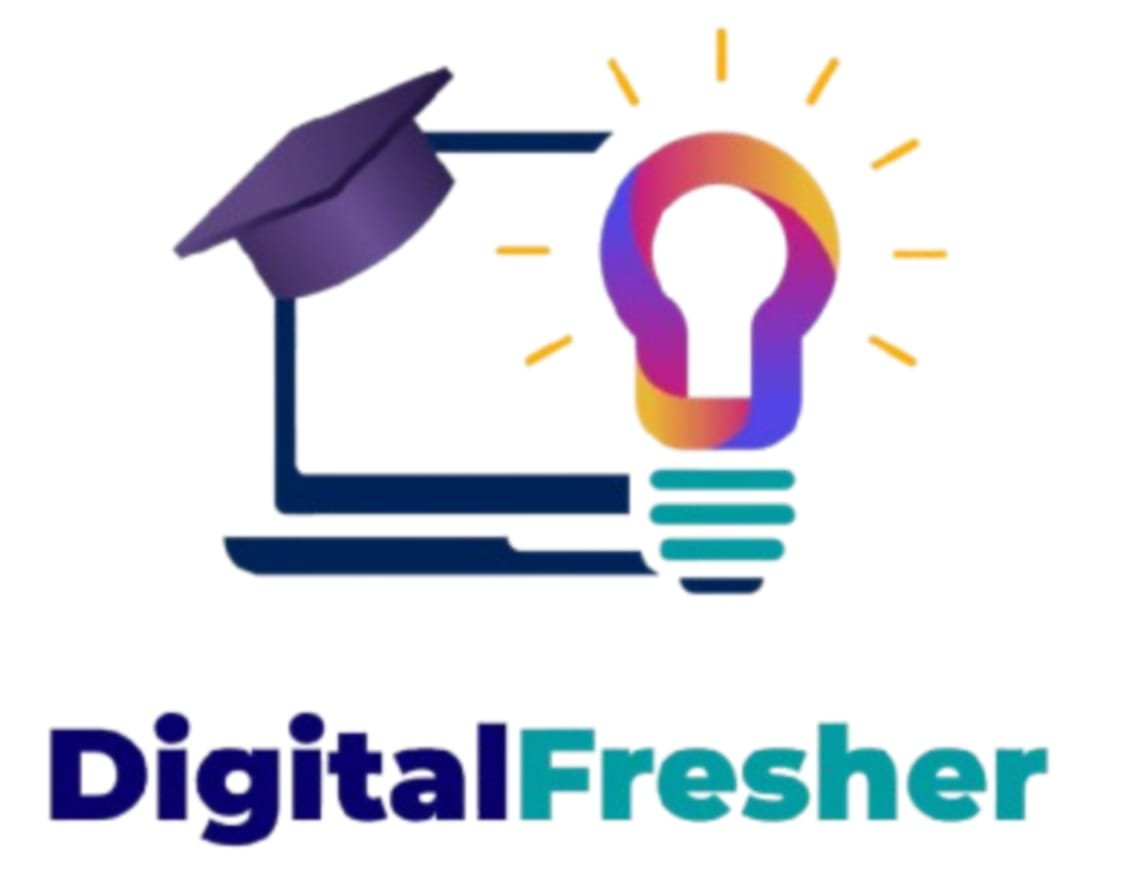In the state-of-the-art digital age, social media is more than just a platform for sharing lunch snap shots or tour adventures; it’s a key participant in shaping critiques, riding moves, and attractive communities. But what sincerely makes humans click, comment, and percentage? Understanding the psychology at the back of social media engagement can assist brands, entrepreneurs, and people craft content material that resonates deeply with their target market. This article will explore the factors that force social media engagement, find the emotional triggers that set off interactions, and spotlight sensible techniques to enhance engagement.
The Emotional Appeal of Content:
One most important factor of human behaviour is how emotions have an effect on choice-making. Social media flourishes on emotional content that resonates with customers. Posts that evoke feelings—be it pleasure, anger, marvel, or nostalgia—are frequently more powerful at using engagement.
Positive Content: Inspiring charges, sense-suitable testimonies, and uplifting visuals capture attention and inspire sharing.
Negative Content: Controversial subjects or surprising news can spark outrage and dialogue, regularly leading to accelerated engagement.
Research shows that emotionally charged content material is more likely to be shared, with research indicating that posts that elicit sturdy emotional reactions have higher virality fees. For instance, a look at by the New York Times located that emotionally compelling articles are much more likely to be shared on social media in comparison to neutral content.
Storytelling as a Engagement Tool
Storytelling faucets into human empathy and creates a connection. When customers see a story that they could relate to, it encourages them to engage. Brands that inform tales approximately their values, venture, or purchaser experiences often locate that they can foster stronger connections with their fans.
Relatable Characters: When the target audience sees themselves in the story, they may be more likely to respond.
Conflict and Resolution: Dramatic narratives that present a challenge and result in a fulfilling conclusion create anxiety that can spark off clicks and shares.
The Power of Visuals
The Visual Advantage
The human mind techniques visuals notably faster than text. Posts with pictures, movies, or pix tend to gain more attention. According to a report by means of HubSpot, tweets with pics acquire a hundred and fifty% more retweets than those without.
Types of Engaging Visuals
1. Infographics: They simplify complex statistics and are without problems shareable.
2. Memes: Humorous and relatable, they regularly go viral because of their shareability.
3. Video: Short, attractive clips can drastically improve engagement prices, as they keep attention longer than static snapshots.
3. Video: Short, attractive clips can drastically improve engagement prices, as they keep attention longer than static snapshots.
The Role of Design
Aesthetic appeal can have an impact on engagement. Brands that spend money on extraordinary design and cohesive branding have a tendency to attract greater followers.Colours, typography, and general layout all make contributions to how content material is perceived.
Community and Interaction:
Building a Community
People are inherently social beings, and social media gives a manner to hook up with like-minded individuals. Brands that domesticate a sense of network via their social media channels can power higher engagement degrees.
User-Generated Content (UGC): Encouraging followers to create and percentage their content can strengthen community ties. For example, brands running contests or campaigns that invite customers to share their reviews foster engagement and loyalty.
Engagement Through Questions: Posts that ask open-ended questions can lead to discussions and community constructing.
Interaction and Responsiveness
A responsive social media presence can decorate engagement. Immediately addressing feedback or questions can create a speech, making users feel valued and encouraging them to interact extra.
Timing and Trends
Optimal Posting Times
Timing performs an essential position in social media engagement. Posting while customers are maximum lively can significantly enhance visibility and interaction costs. Research shows that weekends and evenings are famous instances for social media surfing.
Analysing Analytics: Tools like Facebook Insights or Instagram Analytics can assist manufacturers identify their audience’s top engagement times.
Staying Relevant: Using trending hashtags or participating in ongoing conversations can maintain content material sparkling and engaging.
Adapting to Current Events
Incorporating modern-day activities or popular tradition into content material can appeal to interest. Content that displays timely activities—like holidays, global actions, or trending subjects—has a tendency to have interaction with users who are already invested in those discussions.
Conclusion
Understanding the psychology behind social media engagement is essential for everyone trying to make an impact online. By tapping into emotional triggers, leveraging the power of visuals, fostering network, timing posts effectively, and staying applicable, brands and people can notably decorate their engagement strategies.
So, the following time you craft a social media submit, take into account the emotional connection it creates, the visuals it employs, and the community it builds. With the right approach, you may flip mere clicks into significant interactions that resonate lengthy after the scroll.



